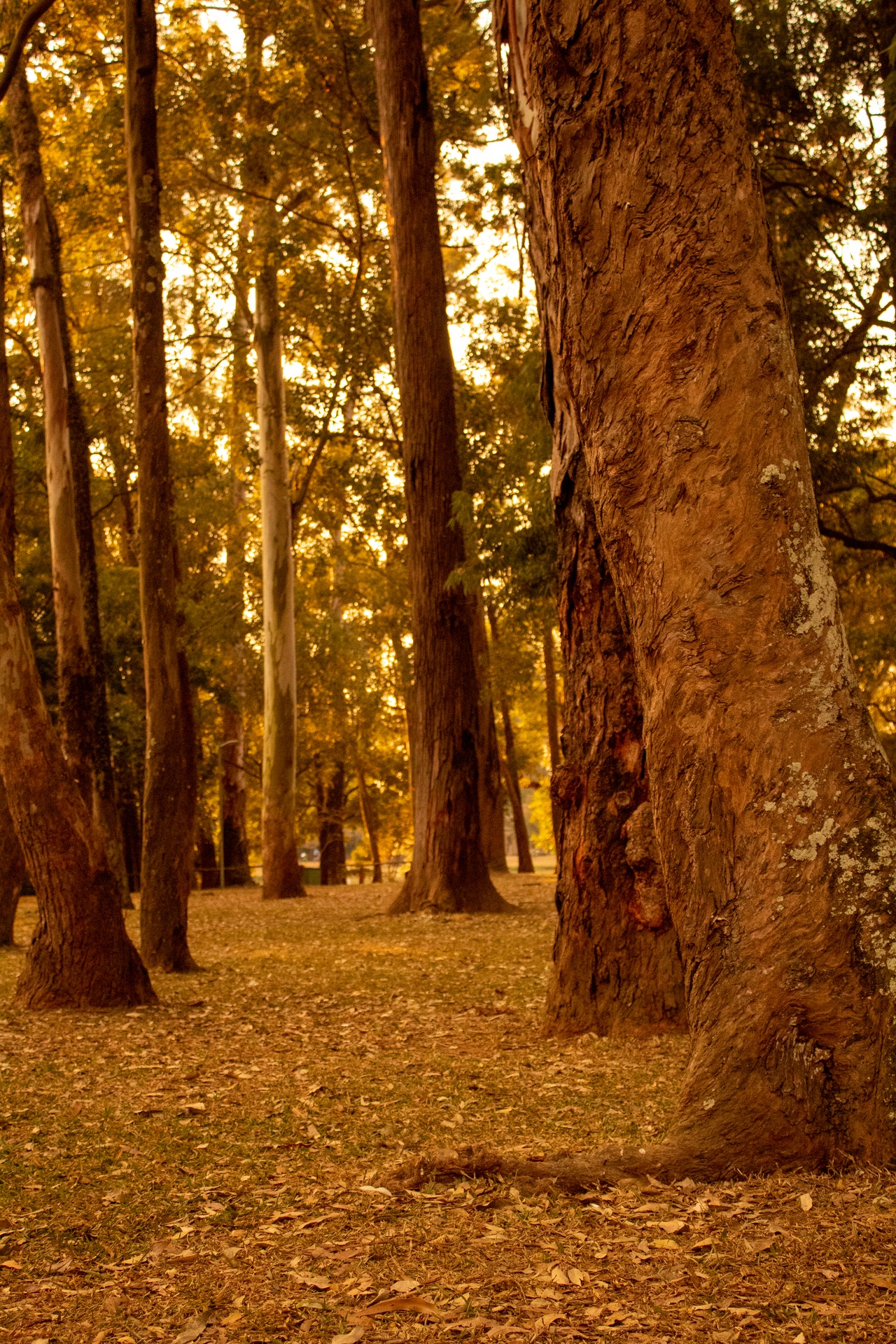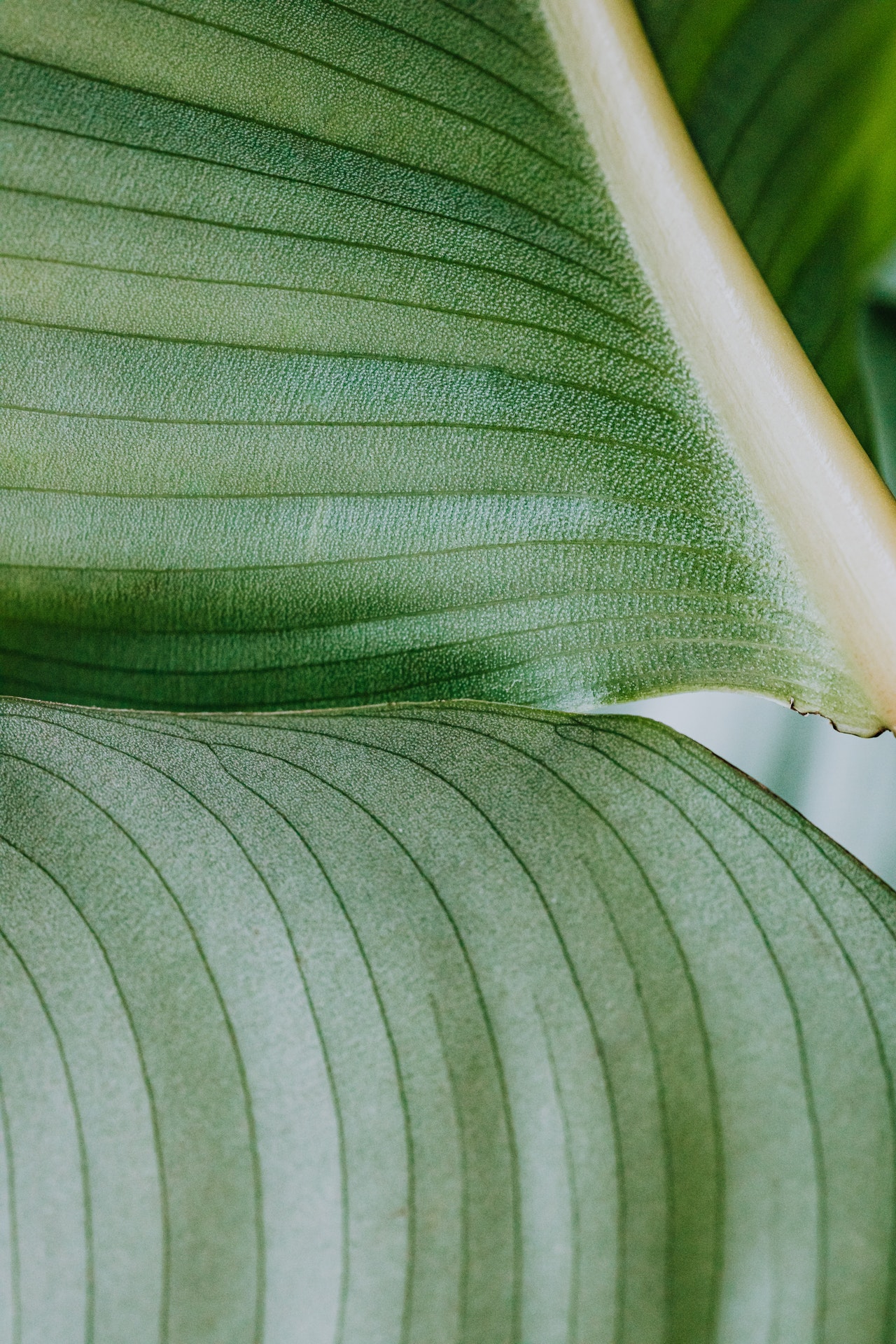
So why is ‘Biophilic Design’ so important? Consider this, in the 12,000 years since humans began farming and other activities that transformed the natural landscape, only in the last 250 years have modern cities become common. Within the last few years we became urban dwellers, with more people living in cities than in the countryside. In coming decades, it is projected that 70 percent of the world’s population will live in cities.
With this shift, the need for our designs to reconnect people to an experience of nature becomes ever more important, for our health and well-being biophilic design is not a luxury, it is a necessity.
As
the psychiatrist Harold Searles concluded some years ago “The nonhuman
environment, far from being of little or no account to human (health
and) personality development, constitutes one of the most basically
important ingredients of human existence.”
Biophilia is the inherent human inclination to affiliate with natural systems and processes, especially life and life-like features of the non-human environment. This tendency became biologically encoded because it proved instrumental in enhancing human physical, emotional, and intellectual fitness during the long course of human evolution.
“Man
is an outdoor animal. He toils at desks and talks of ledgers and
parlors and art galleries but the endurance that brought him these was
developed by rude ancestors, whose claim to kinship he would scorn and
whose vitality he has inherited and squandered. He is what he is by
reason of countless ages of direct contact with nature.” James H.
McBride, MD, 1902 Journal of the American Medical Association
Restorative Environmental And Biophilic Design
The prevailing approach to design the modern urban built environment has encouraged massive transformation and degradation of natural systems and increasing human separation from the natural world. This design paradigm has resulted in unsustainable energy and resource consumption, major biodiversity loss as discussed in the previous article.
This result is, not an inevitable by-product of modern urban life, but rather a fundamental design flaw. We designed ourselves into this quandary and theoretically can design ourselves out of it. This can happen only if we adopt a radically different paradigm for development of the modern built environment which seeks to reconcile with nature.
Tills design paradigm is called “restorative environmental design,” an approach that aims at both a low-environmental-impact strategy that minimizes and mitigates adverse impacts on the natural environment, and a positive environmental impact or biophilic design approach that fosters beneficial contact between people and nature in modern buildings and landscapes.
Sustainability is as much about keeping buildings in existence as it is about constructing new low-impact efficient designs. Without positive benefits and associated attachment to buildings and places, people rarely exercise responsibility or stewardship to keep them in existence over the long run.
Biophilic design is, thus, viewed as the largely missing link in prevailing approaches to sustainable design. Low-environmental-impact and biophilic design must, therefore, work in complementary relation to achieve true and lasting sustainability.
Dimensions : Biophilic Design
Biophilic Design identifies two basic dimensions, followed by six biophilic design elements, which in turn are related to some 70 biophilic design attributes. This specification can assist designers and developers in pursuing the practical application of biophilic design in the built environment.
This article will deal with the basic dimension and we would further take up more details in the upcoming articles.

The first basic dimension of biophilic design is an organic or naturalistic dimension, defined as shapes and forms in the built environment that directly, indirectly, or symbolically reflect the inherent human affinity for nature. Direct experience refers to relatively unstructured contact with self-sustaining features of the natural environment such as daylight, plants, animals, natural habitats, and ecosystems.
Indirect experience involves contact with nature that requires ongoing human input to survive such as a potted plant, water fountain, or aquarium. Symbolic or vicarious experience involves no actual contact with real nature, but rather the representation of the natural world through image, picture, video, metaphor, and more.
The second basic dimension of biophilic design is a place-based or vernacular dimension, defined as buildings and landscapes that connect to the culture and ecology of a locality or geographic area. This dimension includes what has been called a sense or, better, spirit of place, underscoring how buildings and landscapes of meaning to people become integral to their individual and collective identities, metaphorically transforming inanimate matter into something that feels lifelike and often sustains life.
As Rene Dubas argued:
People
want to experience the sensory, emotional, and spiritual satisfactions
that can be obtained only from an intimate interplay, indeed from an
identification with the places in which [they] live. This interplay and
identification generate the spirit of the place. The environment
acquires the attributes of a place through the fusion of the natural and
human order.



